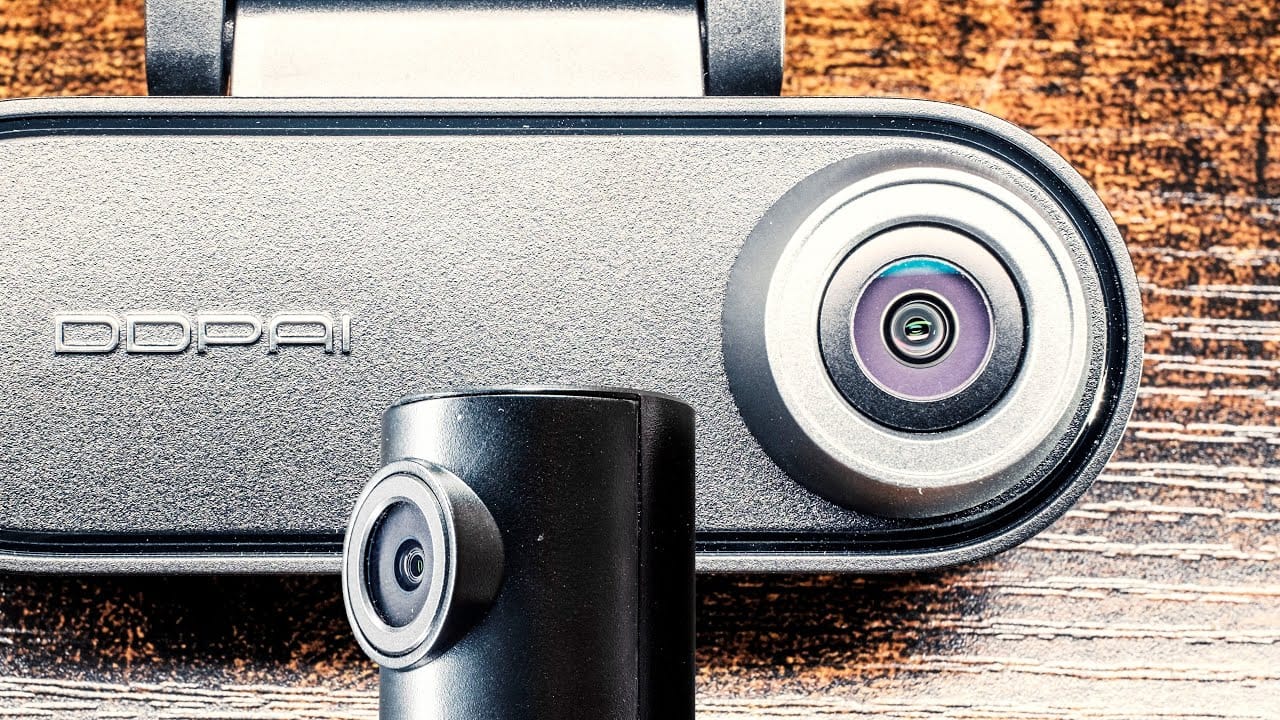Audio is an important part of filmmaking. While for most shoots you would probably consider using a directional microphone there are situations and projects where recording in stereo is essential or useful.
We were lucky to get our hands on the Stereo VideoMic X. The mic will be released in November and is priced around $800.
You can watch the video review below which includes a lot of audio samples:
When doing a news shoot I mostly use the older Stereo VideoMic Pro which can be mounted on the hot shoe on top of a DSLR or DSLM.
Even it’s called “pro” it obviously isn’t more professional compared to the new X version. Simply by looking at the price you realize that the SVMX is not an entry-level microphone. As I mentioned in the video: Many professionals use other mics like the NTG3 on top of their Canon C300 or Sony FS700 simply because the SVMP is not designed to fit those cameras. The audio quality will be lower when having to use the 3.5mm connection compared to using a proper XLR connection. Another reason is that you need a battery for the SVMP which can be a problem when filming somewhere where electricity is rare. This is where the SVMX comes in again because it can be powered with phantom power from the camera or audio recorder. Besides the overall better audio quality the SVMP has good ergonomics and is made out of aluminum.
While I mainly recorded ambient sound like waves, traffic and all sorts of natural sounds the SVMX can also be used to record music sessions or street performances. Especially when filming a performance outdoors with some background noise the highpass filter can be quite useful to cut out those low noises sometimes caused by cars. The audio will change a bit when putting on the big wind shield so make sure to use the high frequency boost with +6dB which gives you pretty much the same sound as when using the pop shield only.
One of the little differences that has been introduced with the VideoMic GO is the removable 3.5mm cable which has plugs on both ends so you can plug it into the camera as well as into the mic itself. I hope that Rode will update older mics with the same cable technique because you can extend the length by using a longer cable in case your mic and camera are not at the exact same spot. Another point is durability and protection. I don’t think it happens often but what if the cable of your Stereo VideoMic Pro gets cut into two pieces for some reason!? You have to get the mic fixed and can’t just replace the cable yourself.
I think this microphone will be a good friend to many documentary cameramen because it’s designed for more professional work and I am sure that a lot of filmmakers have been waiting for a mic like this. It seems to be good as well for audio professionals who need to do re-recordings for feature films. It has the name “VideoMic” but is definitely useful for audio only productions especially when it comes to capturing ambient sound.
If you are a beginner and you are mainly shooting with a typical DSLR like the Canon 7D or 5D than you might choose the more affordable Stereo VideoMic Pro because it is a good tool to start with and in the end if you never use XLR I am not sure if the new X microphone makes sense. No worries, the SVMX is just a better version of an already great mic. If you want to more about the SVMP I recommend watching the video below:
Written by Moritz Janisch


